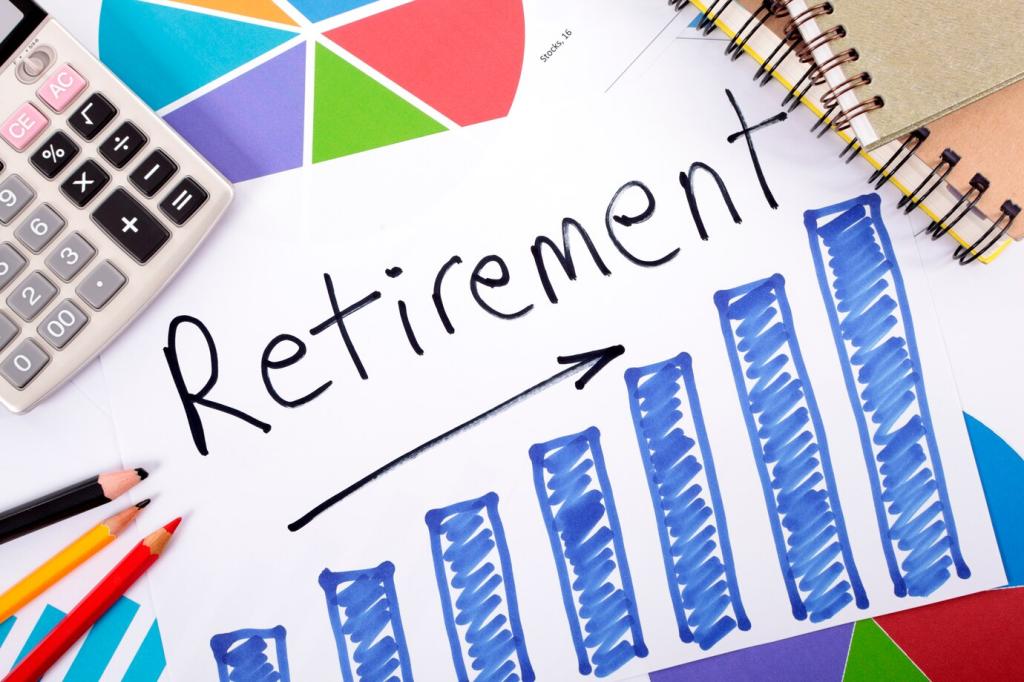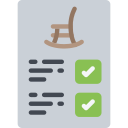Chosen Theme: Essential Tips for Selecting a Pension Plan. Start here to make confident, lifelong decisions about your retirement savings, with practical insights, real stories, and clear steps you can apply today.
Define Your Retirement Picture Before You Pick a Plan
List when you plan to stop full-time work, any sabbaticals, and major life events like relocating or supporting family. A defined timeline clarifies contribution levels, risk tolerance, and whether you need flexible features, helping your pension plan serve your real life rather than an abstract number.
Translate lifestyle hopes into monthly costs: housing, food, travel, hobbies, healthcare, and taxes. Estimating spending, not just assets, helps you evaluate plan options that offer appropriate tax advantages, employer contributions, and investment choices that can realistically support those ongoing cash flow needs.
Lena assumed her mortgage-free retirement would be cheap. A quick budget showed rising healthcare and travel would dominate. She chose a plan with Roth flexibility and low-cost global funds, and adjusted contributions. Share your own surprises below—your story might help someone else calibrate their planning.


Know Your Options: Plan Types and Tax Treatment
Traditional contributions can reduce today’s taxable income while Roth contributions trade a deduction now for tax-free withdrawals later. Consider your current bracket, expected retirement taxes, and state rules. Diversifying across both can hedge uncertainty. Ask questions in the comments if your bracket or state situation feels tricky.
Know Your Options: Plan Types and Tax Treatment
Defined contribution plans, like 401(k)s, put control and investment risk on you. Defined benefit pensions promise a formula-driven paycheck, transferring investment and longevity risk to the sponsor. If you have access to both, compare portability, vesting, and the reliability of the sponsor’s promises before deciding where to focus savings.
Uncover the All-In Cost: Fees and What You Receive
Expense Ratios, Admin Fees, and Trading Costs
Ask for a clear breakdown: fund expense ratios, recordkeeping and advisory fees, and any transaction or managed account charges. Favor broad, low-cost index funds when appropriate. Lower costs leave more compounding power on your side, especially over multi-decade horizons where fractions of a percent matter enormously.
The 1% Lesson: Compounding Costs Over Decades
Jamal compared two lineups: one averaged 0.15% in fees, the other near 1.15%. Over 30 years, the gap could consume six figures. That single percentage point felt invisible monthly but massive long-term, shaping his choice toward a lower-cost, well-diversified plan lineup.
Ask for a Fee Disclosure and Benchmark It
Request the plan’s fee disclosure and compare against widely available benchmarks. If your options seem pricey, ask HR about adding lower-cost share classes or index funds. Your voice can improve offerings for everyone. Comment with your fee wins—we’ll spotlight creative approaches that moved the needle.
Core Indexes and Thoughtful Active Choices
Look for broad domestic and international equity indexes, high-quality bond funds, and inflation-protected options. If active funds appear, evaluate long-term consistency, costs, and risk controls. A well-built core reduces guesswork and supports disciplined rebalancing when markets inevitably surprise.
Target-Date Funds and Glide Paths
Target-date funds can simplify investing by automatically adjusting risk as retirement nears. Compare glide paths, underlying fees, and diversification philosophy. Not all target-date suites are equal; your comfort with volatility should align with the fund’s equity exposure, especially as you approach your target year.
Rebalancing Rules Keep Risk in Check
Whether you use target-date funds or your own mix, confirm that the plan supports periodic rebalancing. A set schedule or drift bands prevents emotion-driven moves in turbulent markets. Share your rebalancing approach below to inspire others seeking practical, low-maintenance routines.

Leverage Employer Features, Vesting, and Portability

Max the Match, Understand the Vesting
An employer match is free money, but vesting schedules determine when it’s truly yours. Know cliff versus graded vesting, especially if you may change jobs. Align your contributions to capture the full match every year, even during busy or uncertain periods.

Rollovers, Transfers, and Avoiding Cash-Outs
When changing jobs, compare leaving assets in the old plan, rolling into the new plan, or using an IRA. Avoid cashing out to prevent taxes and penalties. Standardize a personal checklist for each transition and share your checklist ideas with readers who may be preparing to move.

Loans and Hardship Withdrawals: Proceed Carefully
Loans can seem convenient but risk missing market growth and triggering taxes if employment ends. Hardship withdrawals may be necessary, yet they permanently reduce your future income potential. If your plan offers these features, use them sparingly and with a clear, written payback or recovery plan.
Turn Balances Into Future Paychecks: Income, Inflation, and Longevity
Translate projected balances into monthly income using conservative return assumptions and buffers. Consider sequence-of-returns risk and how a recession early in retirement could affect withdrawals. A thoughtful plan can help preserve dignity and flexibility through unpredictable cycles.

